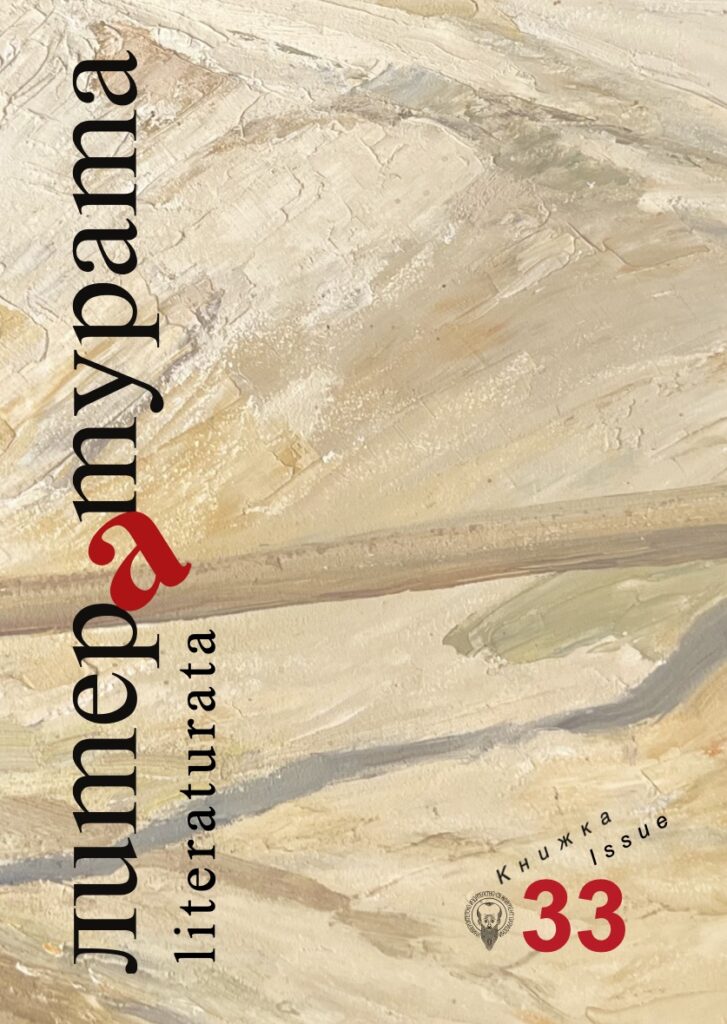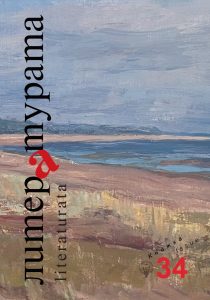https://www.ceeol.com/search/article-detail?id=1306296
Popular Literature
Texts, Contexts, Contestations Introduction
Rupayan Mukherjee
The present text distinguishes two conceptions of literature: the study attempts to explain the perception of popular literature as inextricably linked to the cat- egory of the “Other”, the “enemy” – the so-called elit literature (or just Litera- ture in the text). The relation to the Other is established through “identity in difference”. In the argumentative part, the author refers to Derrida‘s and Terry Eagleton’s views on what literature is in general and which factors determine it. We are given examples of the permeability of “elit literature,” the so-called canon (or canons!), which is inevitably influenced by historical, social, and po- litical events. The rejection of the “female canon” is not overlooked either; we also learn about the transience of elit literary lists, in which “popular literature” is seen as low and its readers as uneducated and ignorant. There are three fea- tures by which to some extent we can distinguish popular from elit literature: readership, genre, market, with particular attention paid to the act of reading, which actually determines the life and essence of a text. This study aims to refute claims that popular literature is frivolous and unworthy of becoming part of any kind of canon, and reminds us that many works often fall into or are part of both categories.
Keywords: identity in difference, popular literature, Other, Literature, canon, readership, genre, market
Translated from English: Iva Anastasova
Translated from: Mukherjee, R. Introduction. – In: Popular Literature. Texts, Contexts, Contestations. Edited by R. Mukherjee, Jaydip Sarkar. Stuttgart: ibidem, 2022, 13–36.
About the author: Dr. Rupayan Mukherjee studied English Literature at Jadavpur University and University of North Bengal, India. Since 2017, he is lecturer of English at the University B.T. & Evening College in Cooch Behar, India. His previous books include “Partition Literature and Cinema: A Critical Introduction” (Routledge, 2020). His papers have been published by, among other outlets, “Rupkatha Journal of Interdisciplinary Studies in Humanities and Labyrinth: An International Refereed Journal of Postmodern Studies”.


